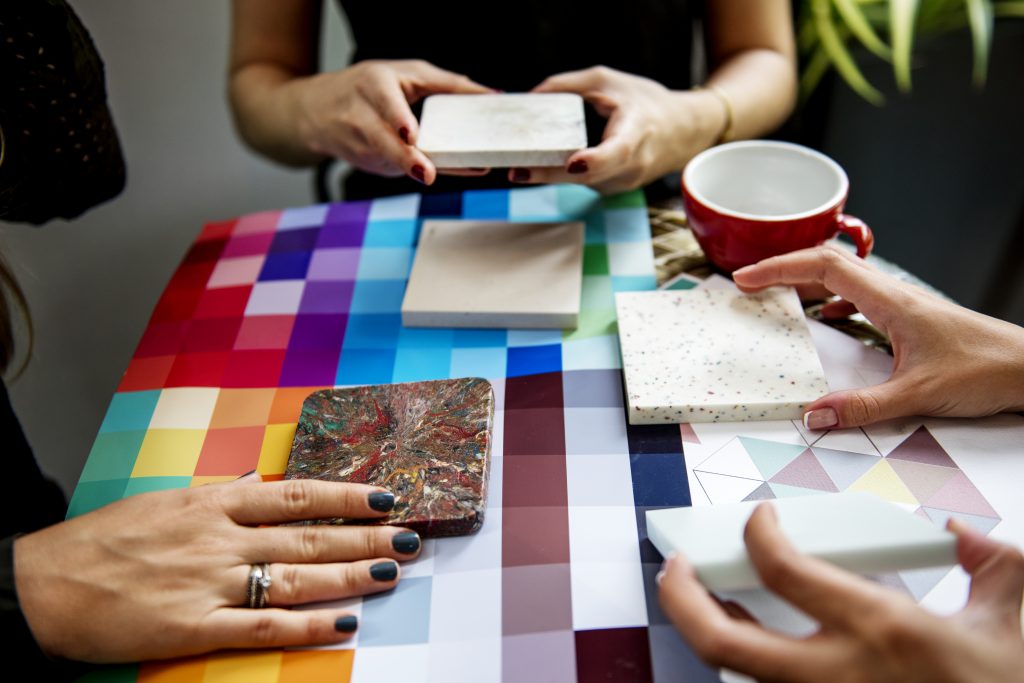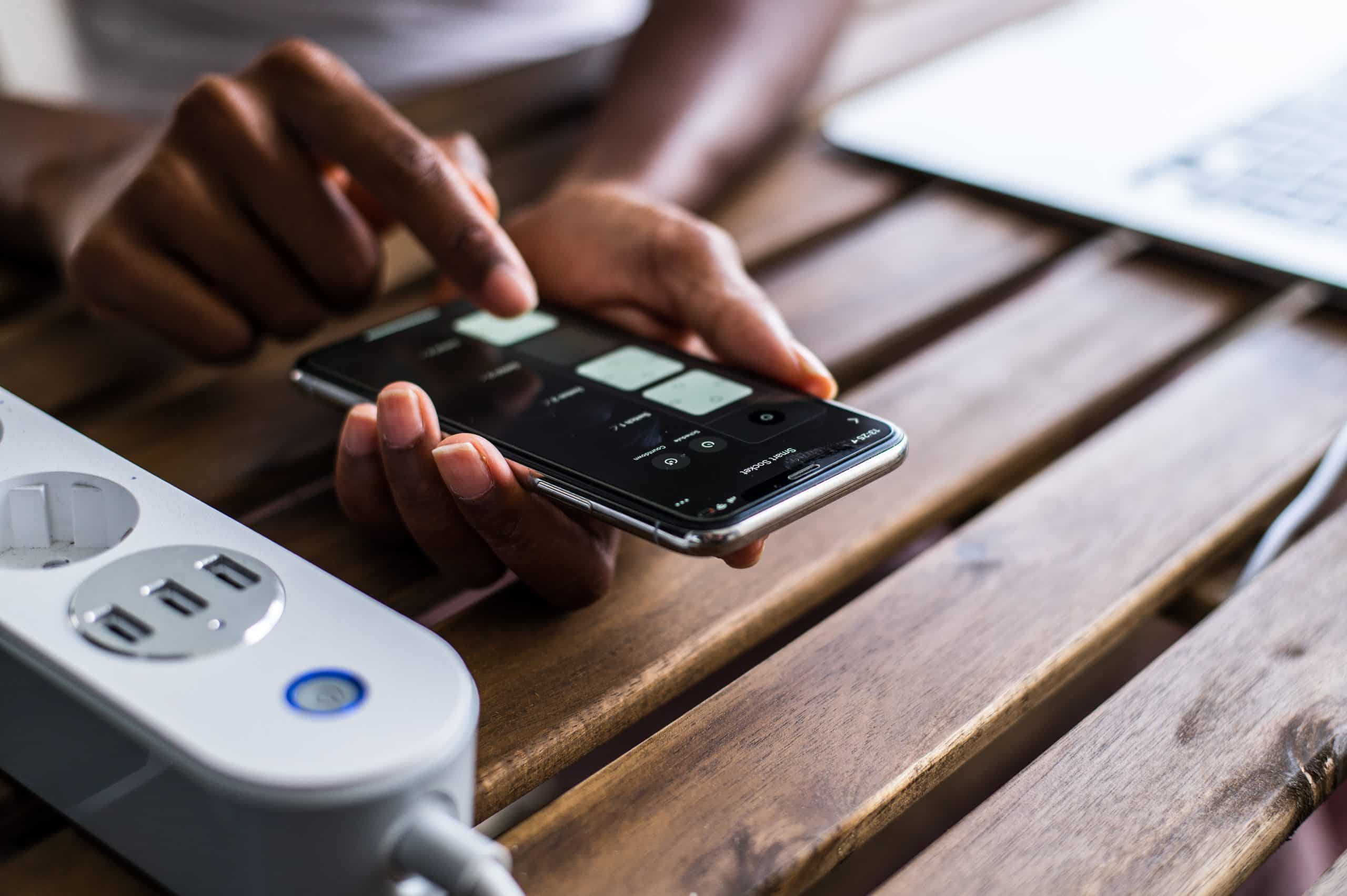Color is more than just a visual tool; it is a language that conveys emotion, triggers reactions, and plays a significant role in branding. The emotional language of color in branding has evolved, becoming a critical component in how consumers perceive brands, products, and services. In recent years, marketers have increasingly recognized the power of color psychology and its ability to influence consumer behavior, loyalty, and even purchasing decisions. This article explores how color shapes the emotional language of branding, its importance in today’s competitive market, and how companies are leveraging it to connect with their target audiences.

The Power of Color in Branding
Colors have a profound psychological impact on individuals. According to research, certain colors can evoke specific emotions and trigger subconscious reactions. This is why branding experts and marketers carefully select colors to align with a company’s values, message, and desired customer experience. From creating a sense of trust to evoking feelings of excitement, color communicates far more than we might realize.
Take Coca-Cola, for example. The brand uses red in its logo, a color associated with energy, excitement, and passion. Red captures attention, stimulates appetite, and evokes strong emotional responses. This is not a coincidence, as Coca-Cola has carefully crafted its image using red to promote feelings of enthusiasm and boldness.
Color Psychology and Consumer Behavior
Understanding color psychology is key to mastering the emotional language of color in branding. The psychological effects of colors are well-documented, and businesses now rely on these findings to tailor their brand aesthetics and create an emotional connection with their target market. Here’s a breakdown of the most common colors used in branding and their psychological associations:
- Red: Often linked to passion, energy, and action. It stimulates emotions and is commonly used in the food and beverage industry to trigger hunger and excitement.
- Blue: Represents trust, reliability, and calm. It is widely used in industries like banking, technology, and healthcare to promote security and dependability.
- Yellow: Evokes optimism, warmth, and happiness. It is used to grab attention and is often seen in retail, entertainment, and food industries.
- Green: Associated with nature, growth, and health. Green is often used by brands in the wellness, eco-friendly, and financial sectors.
- Purple: Conveys luxury, creativity, and sophistication. Brands in the beauty, fashion, and high-end markets often use purple to signify quality.
- Orange: Represents enthusiasm, fun, and friendliness. Brands targeting a younger audience, such as those in entertainment and technology, often use orange to appear approachable and energetic.
Emerging Trends in the Emotional Language of Color
The role of color in branding has shifted significantly in recent years. The rise of digital media, social platforms, and global connectivity has opened new opportunities for brands to experiment with colors in innovative ways. Some of the emerging trends in color branding include:
1. Minimalist and Muted Tones
Many modern brands are opting for minimalist designs that focus on muted, neutral tones. This trend reflects a shift toward simplicity and sophistication. Muted colors like pastel pinks, soft blues, and warm greys are becoming increasingly popular as they convey calmness and elegance. Brands such as Apple and Glossier have adopted this approach to communicate modernity and subtle luxury.
2. Bold and Contrasting Colors
In contrast, some brands are moving toward bolder, high-contrast color palettes. These vibrant combinations create a sense of energy and excitement. Companies like Spotify and YouTube use bold colors to appeal to younger, dynamic audiences, signaling creativity and innovation.
3. Inclusive and Diverse Color Palettes
As consumer expectations evolve, brands are incorporating a wider variety of colors to resonate with diverse audiences. For example, beauty brands like Fenty Beauty use a broad range of colors to cater to people of all skin tones, reflecting inclusivity and social responsibility. This approach helps brands to create a more inclusive brand identity that resonates with modern consumers who prioritize diversity and representation.
4. Eco-Conscious and Sustainable Colors
In response to the growing demand for sustainability, many brands are using earthy, nature-inspired colors to convey environmental consciousness. Shades of green, brown, and beige are being used more frequently to appeal to eco-conscious consumers. Companies in the sustainable fashion, beauty, and food industries are leading the charge in using colors that align with their environmental values.
How Color Influences Brand Perception
The emotional language of color is not only about attracting attention; it also shapes how consumers perceive a brand. Different colors evoke different associations, and the right combination of colors can leave a lasting impression. The following examples demonstrate how color impacts brand perception:
- Brand Trust: Blue, as a color associated with trustworthiness, is often used by financial institutions. Companies like Chase and PayPal use blue to convey security and reliability. In fact, studies show that blue increases trust and can encourage customers to make purchasing decisions.
- Brand Energy: Red and orange, colors known for their energizing effects, are used by companies that want to convey a sense of urgency or excitement. Brands like Red Bull and McDonald’s use red and yellow to prompt action, stimulate appetite, and create excitement around their products.
- Brand Loyalty: The right use of color can also help build brand loyalty. Companies like Tiffany & Co. use consistent, signature colors—like their iconic blue—to reinforce their brand’s premium image. This creates an emotional connection with consumers, leading to increased brand loyalty and trust.
Practical Tips for Using Color in Branding
If you’re a brand looking to harness the emotional power of color, here are some practical tips for incorporating it effectively:
- Understand Your Audience: Consider the emotional responses you want to evoke from your target audience. Research how different colors resonate with your demographic and choose a color palette that aligns with their preferences.
- Stay Consistent: Consistency in color usage across all platforms is crucial for building brand recognition. Ensure that your logo, website, social media profiles, and other marketing materials use the same colors to create a cohesive brand image.
- Test and Iterate: The emotional response to color can vary depending on cultural and regional factors. It’s important to test how your chosen colors perform with your audience and make adjustments as needed.
- Use Color Strategically: While it’s essential to understand the psychological effects of color, it’s equally important to use color in moderation. Too much of one color can overwhelm the viewer and diminish its emotional impact. Balance bold colors with neutral tones for a harmonious design.
Conclusion
In today’s crowded market, understanding the emotional language of color in branding is essential for any business aiming to build a strong connection with its audience. By leveraging color psychology, brands can evoke the right emotions, shape perceptions, and foster trust and loyalty among consumers. Whether opting for minimalist tones or vibrant, bold hues, the emotional power of color plays a crucial role in crafting a memorable and impactful brand identity. As this trend continues to evolve, it’s clear that color is more than just a design element; it’s a key player in the emotional language of branding.
References
- Labrecque, L. I., & Milne, G. R. (2013). “To be or not to be different: Exploration of normative and non-normative status and their influence on brand preferences.” Journal of Business Research, 66(10), 1492-1499.
- Babin, B. J., & Burns, A. C. (1998). “Characteristics of Services: An Effective Classification.” Journal of the Academy of Marketing Science, 26(3), 217-228.
- Elliott, R. (2013). “The Effectiveness of Color in Branding.” Journal of Marketing Management, 25(7-8), 8-27.






